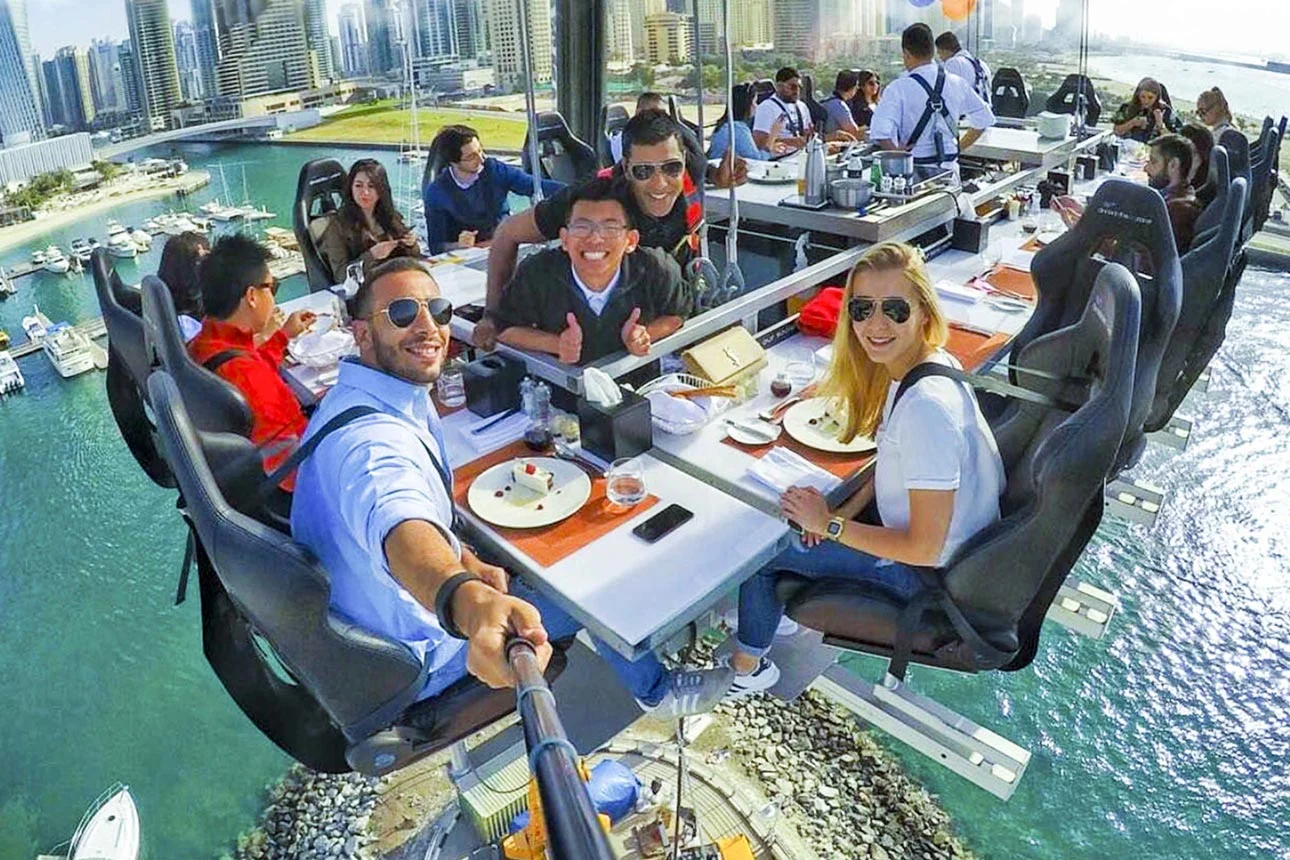- Luxury space tourism companies are experimenting with zero-gravity dining experiences.
- From floating sushi to orbital wine tastings, food in space is becoming part of the entertainment.
The Rise of Zero-Gravity Dining Experiences
Fine dining usually means linen tablecloths, Michelin stars, and maybe a view of the skyline. But in the new world of space tourism, it’s starting to mean something else entirely: sushi that floats, cocktails that swirl in bubbles, and the thrill of trying to catch your dessert before it drifts away.
Companies like Virgin Galactic and Blue Origin have already made headlines with space tourism flights, but the next step in the experience economy is food. A handful of startups and research groups are developing ways to turn the strange realities of eating in zero gravity into entertainment for travelers willing to pay top dollar.
From NASA Rations to Floating Feasts
Historically, space dining has been more about survival than sophistication. NASA’s early missions relied on tubes of puréed food and freeze-dried packs. Even now, astronauts on the International Space Station depend on tightly engineered meals that balance nutrition and practicality.
But luxury tourism isn’t about bare necessities. Companies are experimenting with foods that are both safe to eat in microgravity and fun to watch float around the cabin. Imagine a bite-sized chocolate sphere released from its container, drifting toward you as you catch it mid-air, or a small glass of wine that forms into floating red orbs instead of staying in the glass.
Why Zero-Gravity Dining Matters
It’s more than a gimmick. Chefs, scientists, and food designers are starting to explore how the lack of gravity changes not just presentation but flavor itself. Without gravity pulling fluids downward, aromas linger differently, and taste perception can shift. This means dining in space could become a whole new sensory experience, where food isn’t just eaten but performed.
And as space tourism slowly becomes more accessible, food is likely to become one of its major selling points. After all, every adventure needs its Instagram moment, and what could be more viral than champagne bubbles floating through a cabin?
The Bottom Line
Zero-gravity dining is still in its infancy, but it signals a broader trend: food experiences are going cosmic. Just as farm-to-table redefined restaurants on Earth, space-to-table might be the next evolution. Whether or not most of us ever get to try it, the very idea shows how food culture adapts—even when the rules of gravity no longer apply.
Related posts:
Jacklyn is a San Diego–based food journalist with a background in the confectionery world. Before diving into food reporting, she worked at a startup crafting plant-based, low-sugar sweets designed to make candy a little healthier







